Fully charged: how Oxford became an electric superpower
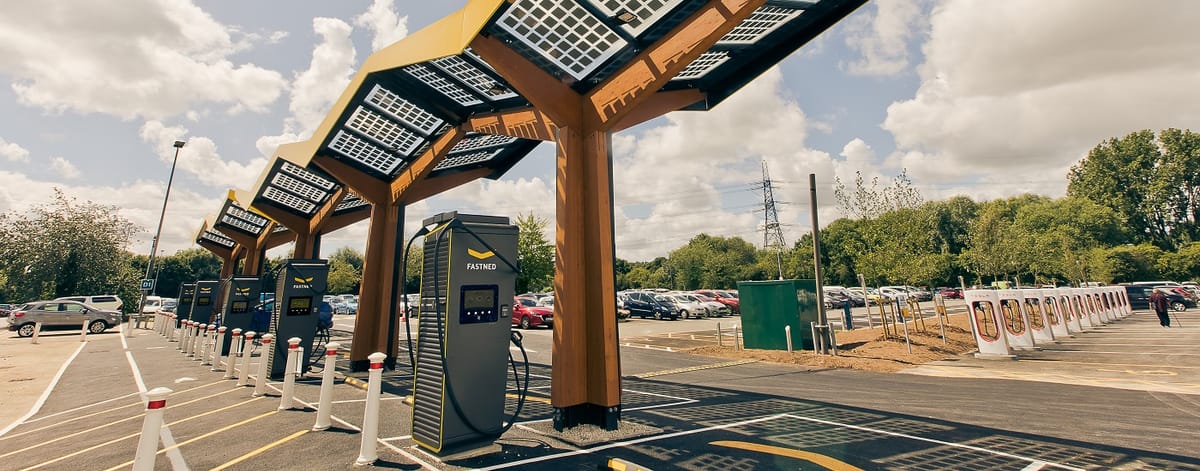
Quietly, Oxford has become a global powerhouse in electric vehicle charging and energy storage.
You might have noticed more electric taxis, and electric buses. If you're really attentive you might have noticed more EV charge points on the roads, or even the very large one up at Redbridge.
This is all part of a joined-up strategy to get Oxford to Net Zero by 2040. To do that requires some elevated thinking and some mould breaking. In other cities it might be a stretch. But this is Oxford, where just over 70% of the city’s jobs are in knowledge industries. Today is the fifth annual World EV Day, a global movement, born in Oxford. To mark this, we spoke to city councillor Anna Railton, Cabinet Member for Zero Carbon Oxford, to find out what is underway – and why the city should be proud of its record.
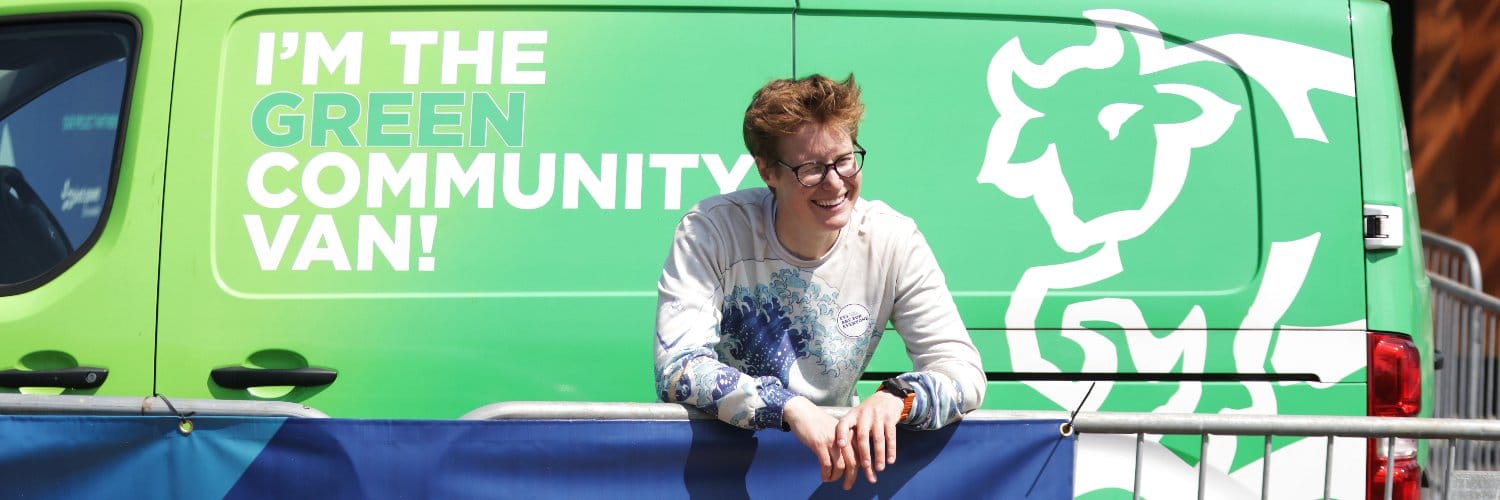
What is net zero?
There is a climate emergency. (Clarion editorial note: if you don't believe this, you may as well stop reading now.), As the UN Environment Programme says:
The world is in a state of climate emergency, and we need to shift into emergency gear. Humanity’s burning of fossil fuels has emitted enough greenhouse gases (GHGs) to significantly alter the composition of the atmosphere and average world temperature has risen between 1.1 and 1.2°C.
Net zero refers to a state in which the greenhouse gases going into the atmosphere are balanced by removal out of the atmosphere. The term net zero is important because, for CO₂ at least, this is the state at which global warming stops. The 2015 Paris Agreement requires nations to “achieve a balance between anthropogenic emissions by sources and removals by sinks of greenhouse gases in the second half of this century”.
The ‘net’ in net zero is important. It is impossible to reduce all emissions to zero in this timescale: so as well as deep and widespread cuts in emissions, we need to scale up removals. This is not simply a governmental problem, though state-sponsored solutions are a significant part of the solution. To achieve this globally it requires governments, industries, cities, businesses and individuals to act.
This is just the beginning of where you can be proud of our city’s role in tackling it, because those governments, industries, businesses and individuals meet in Oxford. Net Zero Climate is a platform “informed by leading climate researchers and hosted by the University of Oxford, bringing together principles and policies, practical tools, and progress tracking to help businesses and policymakers achieve that goal.” Its resources include a course for public servants on net zero, information on carbon offsetting and tools for setting and achieving a net zero target – and this is available to the world.
Think global, act local
But what about climate action within our own city limits? ‘Zero Carbon Oxford’ is the goal for Oxford to achieve net zero carbon emissions across the city as a whole by the year 2040 – ten years ahead of the deadline set by the UK Government.
In July 2021, Oxford City Council published the Zero Carbon Oxford roadmap which portioned up the city’s emissions into the five sectors with the greatest climate impact. The required reductions are stark:
- Domestic emissions must be reduced by 87%
- Commercial emissions must be reduced by 86%
- Industry related emissions must be reduced by 86%
- Institutional related emissions must be reduced by 91%
- Transport related emissions must be reduced by 88%
Each of these could (and maybe one day will be) a Clarion long read in themselves. For the purposes of this article we will concentrate on electric vehicles’ role in transport-related emissions, but if you want to go down a Zero Carbon Oxford rabbit hole, start here. This video explains how the project’s steering partnership works:
Zero Carbon Oxford Partnership
Power to the people
In order to reduce emissions from transport, you need to reduce reliance on petrol and diesel. A petrol station, broadly speaking, simply requires digging a tank in the ground, refilling it regularly from tankers, and installing some pumps. Electric charging is rather more complex.
Enter the EV Superhub. Tucked away in Redbridge Park & Ride is Europe's most powerful electric vehicle charging hub, powered entirely by renewable energy, and hooked up to the world’s largest hybrid energy battery storage system. In Redbridge Park & Ride. Wouldn’t that make for a fascinating school trip?
Opened in 2022, the Superhub was a collaboration between the City Council, EDF Renewables, Habitat Energy, redT, Kensa, and the University of Oxford. The links will take you to case studies on how each partner contributed; almost all are groundbreaking in some way. Put them all together, and the project has raised the bar on EV charging across the UK and beyond.
The Superhub currently offers fast and ultra-rapid charging for 42 vehicles at once, but with 10MW of installed capacity on site, it has the potential to charge up to 400 vehicles. It also charges Oxford’s electric buses, on which more later. It is estimated that the scheme will save 10,000 tonnes of CO2 every year, equivalent to taking over 2,000 petrol or diesel cars off the road. Here is Cllr Railton in person explaining a little bit more:
The Superhub is powered entirely by renewable energy, but still needs to supply power when the sun doesn't shine or the wind doesn't blow. This is where the world’s largest hybrid energy battery storage system comes in, banking renewable energy at times of high supply. The University of Oxford developed a pioneering model to give insights into battery performance.
Since it opened two years ago, it has charged roughly 122 vehicles a day. This adds up to almost 10 million electric vehicle miles, saving 2339 tonnes of carbon.
Oxford’s Superhub did not stay unique for long. EDF Renewables is deploying further Superhubs across the UK to the Oxford model, with the next two battery storage projects now operational in Coventry and Sandwell. Once complete, the network could provide almost 10% of the energy storage that the UK is predicted to require by 2035.
But its pioneer status has given the city EV kudos. In July, Redbridge Park & Ride was one of the final checkpoints for this year's EV Rally. The event saw 56 EV drivers stop off at the hub to charge up at one of Fastned’s chargers as part of their four day tour around the country, showing that it's possible to travel the length and breadth of the UK in an electric vehicle.
No driveway? No problem
The Park & Rides chiefly exist for out-of-city motorists, of course. If you’re a car owner within Oxford itself, and one of the many without your own driveway, you might be wondering how this helps you.
Enter Gul-e, an electric vehicle charging solution created by Oxford City Council’s trading company ODS (the people that empty your bins and cut the grass). It's a durable gully/channel that is installed in the footway, enabling smooth EV charging for homes without driveways – without obstructing the pavement.
The user parks in front of their home, presses the charging cable into the gully and plugs their vehicle into their home charger. Almost 25% of UK households do not have access to off-street parking and cannot charge electric vehicles at home. With the UK government ending the sale of internal combustion engine vehicles by 2035, there is an urgent need to work out ways for these homeowners to charge their cars. ODS is now selling Gul-e to other councils, fleet operators and businesses in the UK.
Meanwhile, T-Gulo (Taxi–Go Ultra Low Oxford) is targeting taxi drivers, with the aim that they are never more than five miles away from a charger, easily accessible from the main arterial routes into the city. There are now rapid chargers at Manzil Way, Keble Road, Blackbird Leys Leisure Centre, Headington Car Park and Old Greyfriars Street. The aim is to encourage taxi drivers to move to EVs, cutting emissions and making for an easier transition into the expanded Zero Emission Zone.
Electric buses
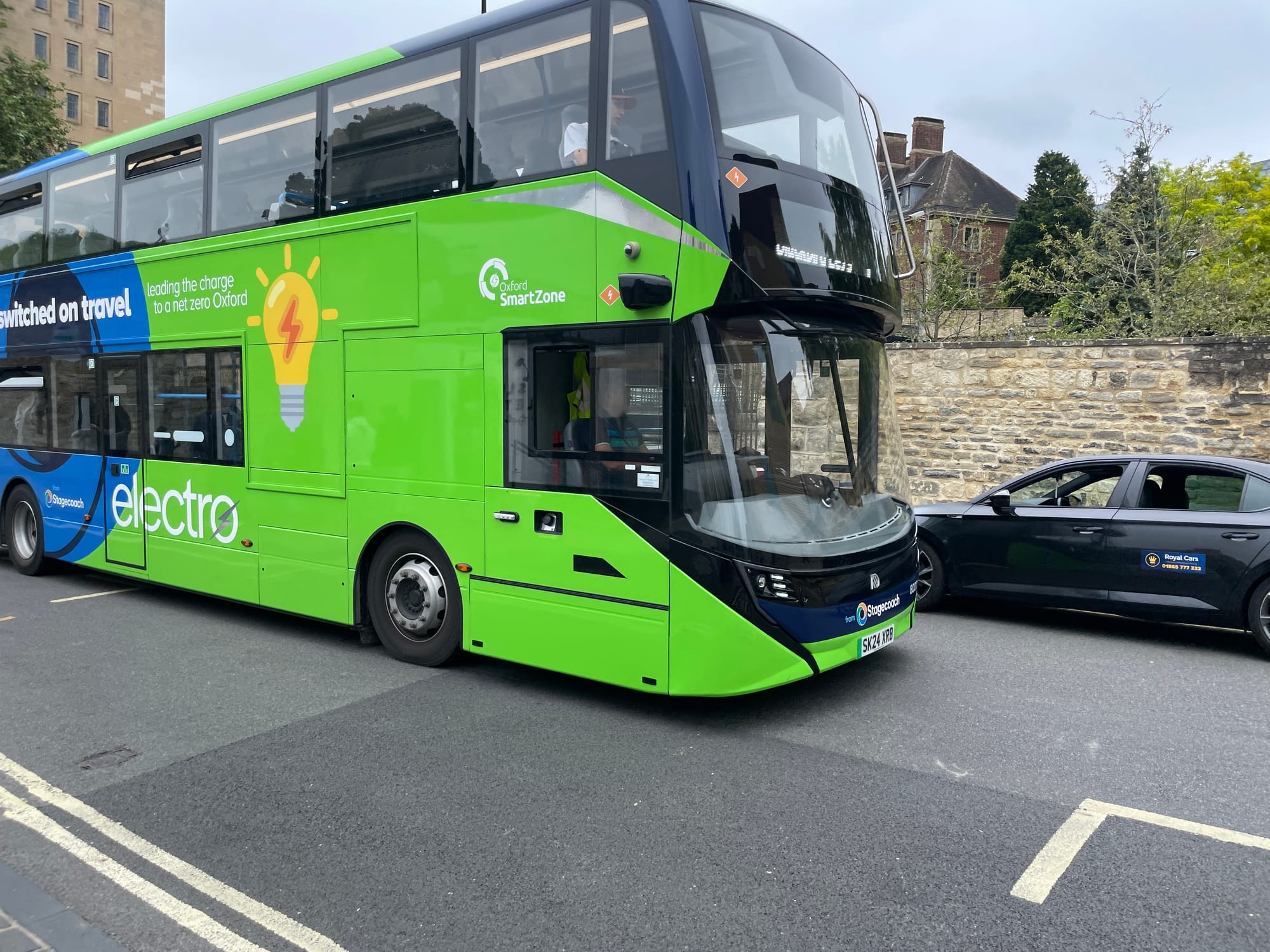
Oxford now has one of the biggest fleets of electric buses outside London – even before the rollout is complete.
The £82.5m project, funded by the Government, Oxfordshire County Council, and Oxford’s two major bus companies, is delivering 159 new buses and two electric charging hubs at the city's bus depots. Oxford Bus Company’s electric fleet, manufactured by Wrightbus, is now in service; Stagecoach’s rollout of Alexander Dennis vehicles is slowly picking up pace.
Jean Marc Gales, CEO of Wrightbus, called the Oxford vehicles “the world’s most efficient double deck battery-electric buses”. He explained: “We’ve created the most efficient vehicles by combining optimum power with a class-leading rapid charge, meaning our electric buses spend more time on the road than any other." The charging hubs are powered by the Energy Superhub network, providing enough electricity to charge all 159 buses, with enough range for each bus to drive up to 200 miles per day.
The council fleet
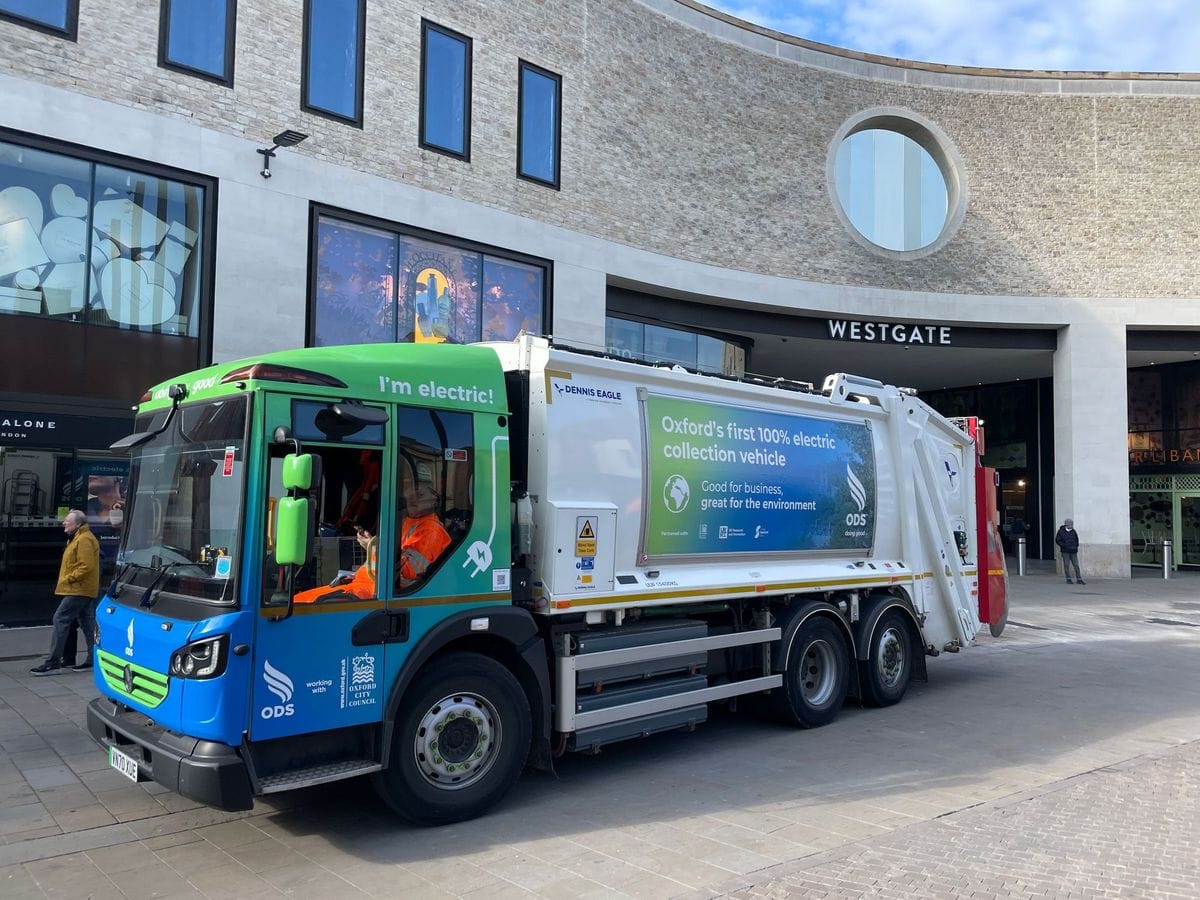
The city council is also moving its own fleet from petrol to electric. Last year’s target was for 25% of the fleet to be electric; ODS managed to beat their own target and electrified 29% of the fleet. Oxford City Council also has a fleet of e-bikes and a small number of EVs for staff to use to get around the city.
“The Davos of EVs”

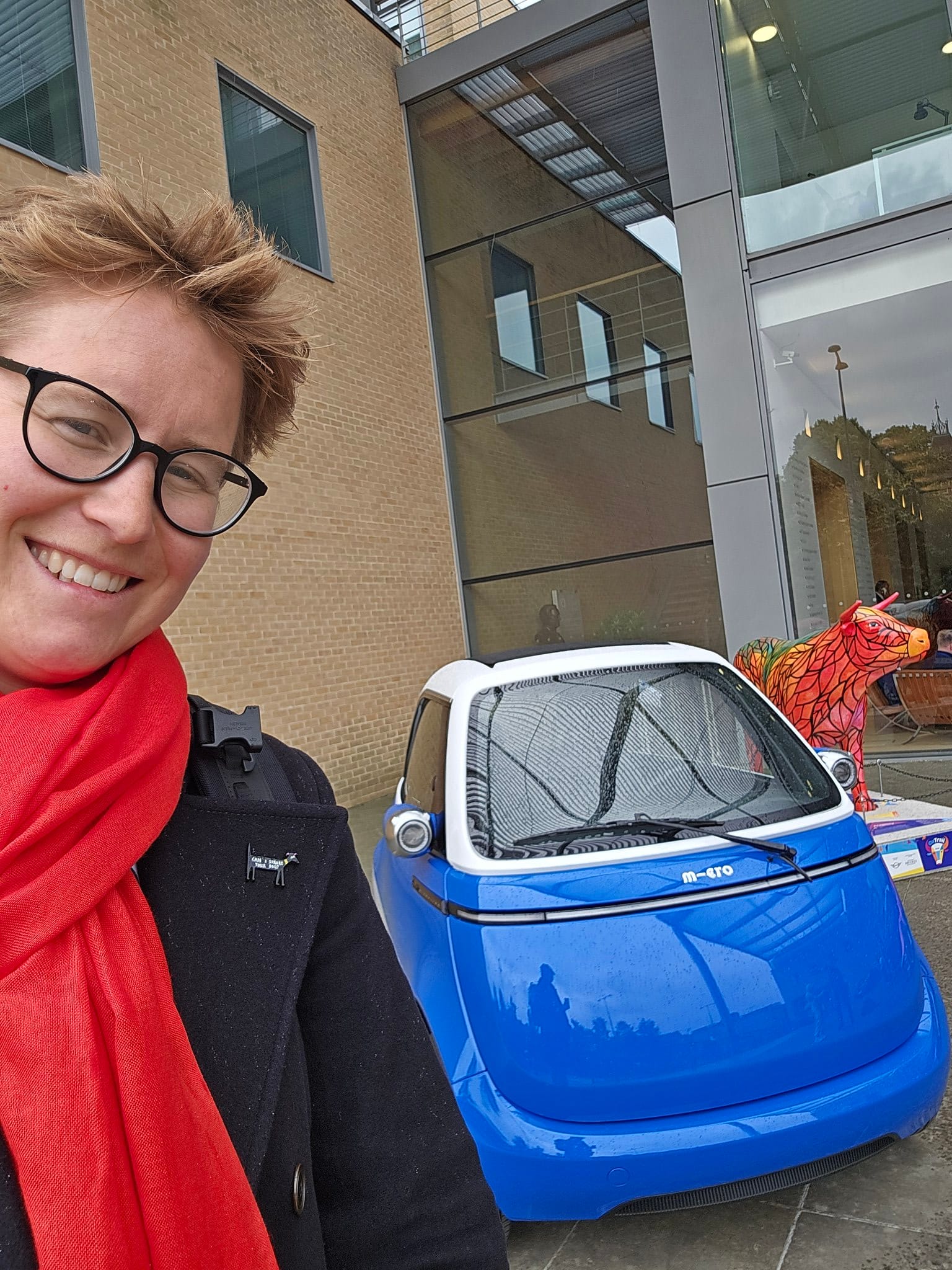
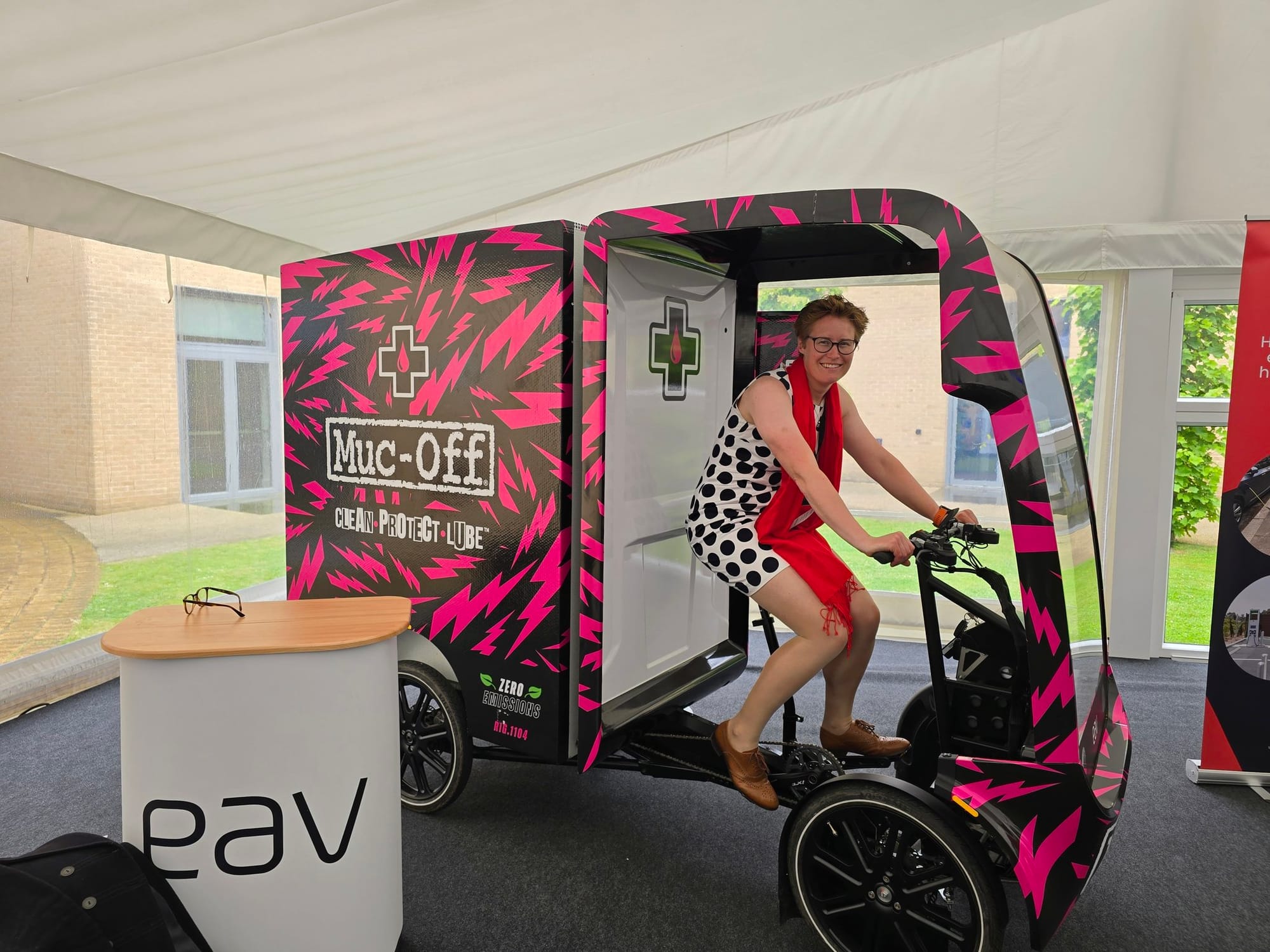
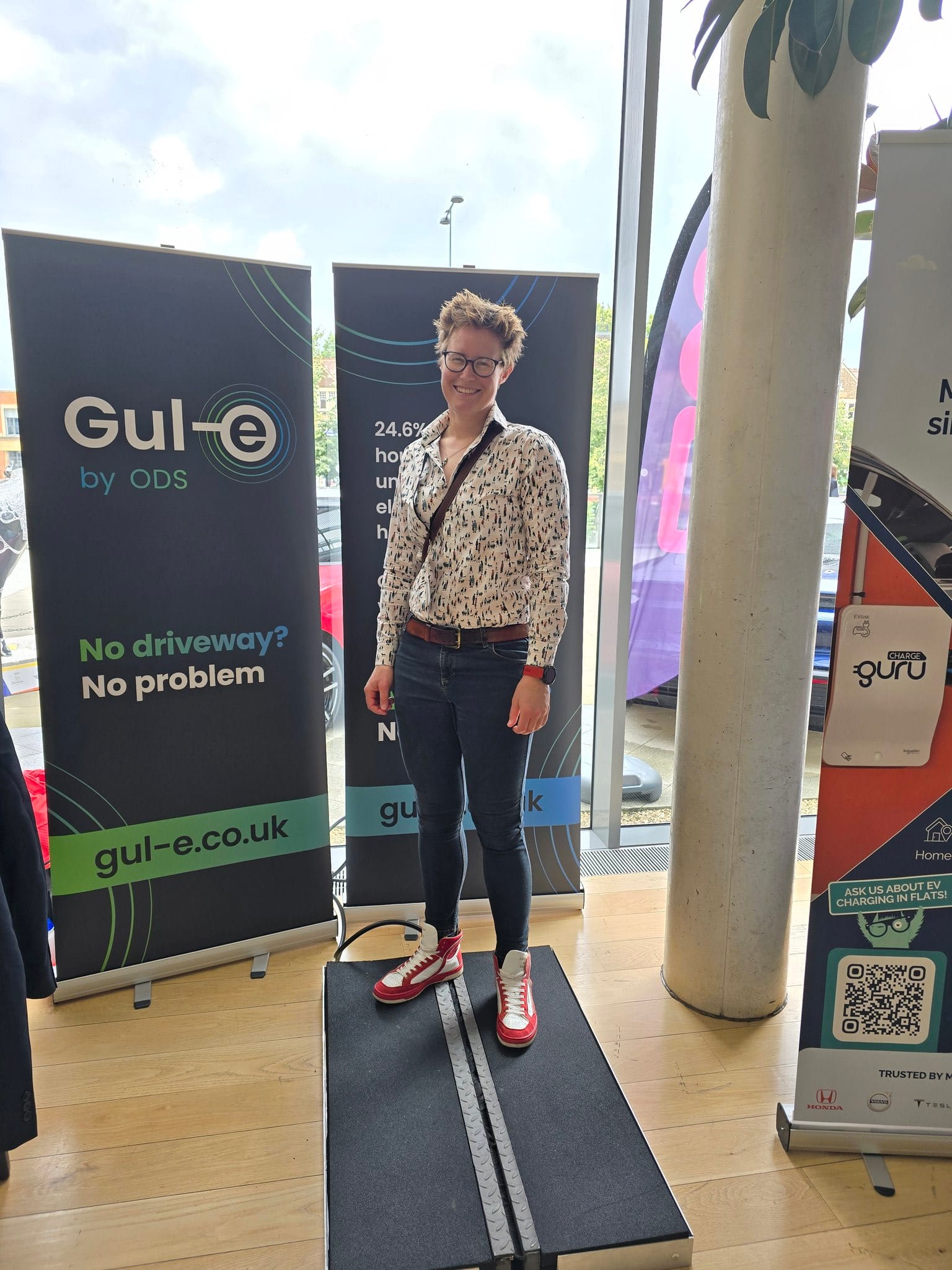
Cllr Railton at the 2024 EV Summit in Oxford.
Given all this, it’s no surprise that Oxford hosts one of the world’s two EV Summits. (The other is in Austin, Texas.) Now in its seventh year, it takes place at the Said Business School. The summit is as much about networking as showcasing innovations – indeed, it’s here that the partnership that delivered the Oxford Superhub was established.
This year, one focus was a Government fund to boost the number of public EV chargers in England, with the City Council sharing its expertise with other councils. It is a measure of how important Oxford City Council is in this that Cllr Railton, as Cabinet Member for Zero Carbon Oxford, opened the summit. (Oxford City Council is the representative for all English councils on the procurement forum drawing up requirements for public charging.) But the event is more than councils talking to councils, and it’s remarkable how many of the partners signed up to this worldwide event – Mini, Lucy Electric, Mahindra Racing, EAV – have an Oxfordshire connection.
Where next?
We asked Councillor Railton for her thoughts on the journey Oxford has been on – and what the future could hold for the city.
Oxford realised the great opportunity that comes with EVs and has really pushed ahead with innovation in this space. Residents want a decent charging network that is affordable, easy to use, convenient to access and reliable. If you want people to switch to EVs – which we do for both getting off fossil fuels and improving air quality – you’ve got to get this infrastructure right. People don’t want thousands of apps, rip-off prices nor broken chargers. Filling up your car at a petrol station is super quick and straightforward, and that’s what the competition is.
Care also must be taken to make sure the transition is as equitable as possible. Chargers need to be spread over the whole city, not just the most commercially attractive places, and we don’t want to set up single operator monopolies that end up ripping off residents. More charging cables cannot mean less space for pedestrians and less access for disabled people. Chargers need to be in the highway where possible, not taking up pavement space from pedestrians, and disabled users need to be able to use them too. We can’t have trailing cables across pavements either so I really welcome more GUL-e channels installed across the city.
The next challenge is enabling commercial charging at scale. Getting this right has been years of work for the city’s sustainability team – this is what world class delivery in this space looks like.
The last petrol-engined cars will leave the forecourts in just 11 years. In reality, a combination of production lines winding down and buyers’ unwillingness to purchase outdated models will see electric vehicles become the majority choice much sooner.
In most of Britain, this is still hard to imagine. Petrol stations are commonplace, EV hubs rare. Charging cables are simply impossible for many city dwellers. Buses still have that familiar diesel rattle. But in Oxford, you can get a glimpse of what the future will be.
